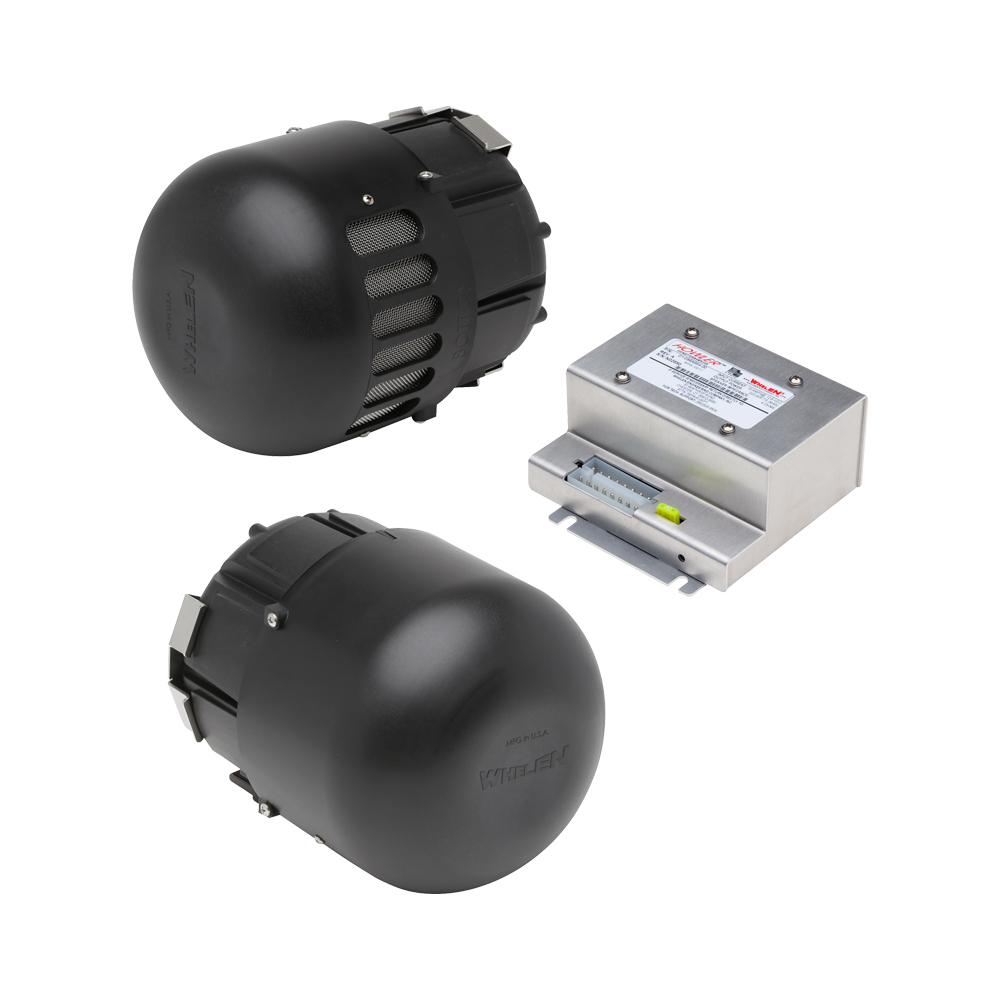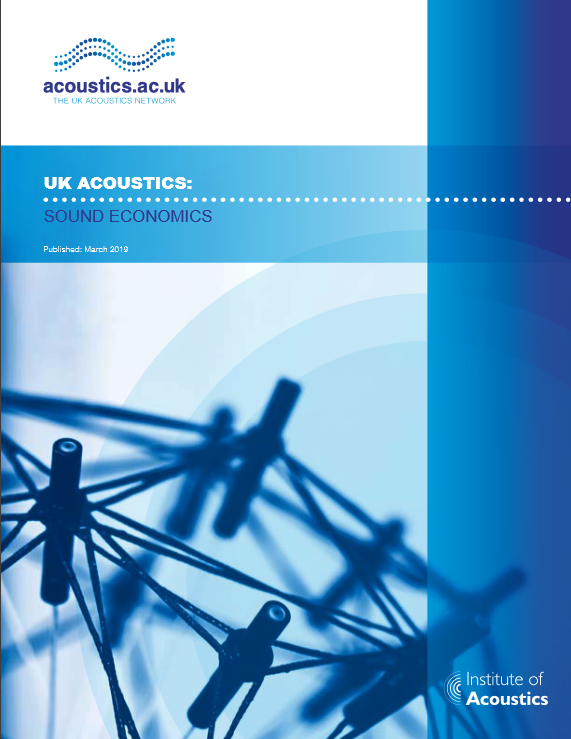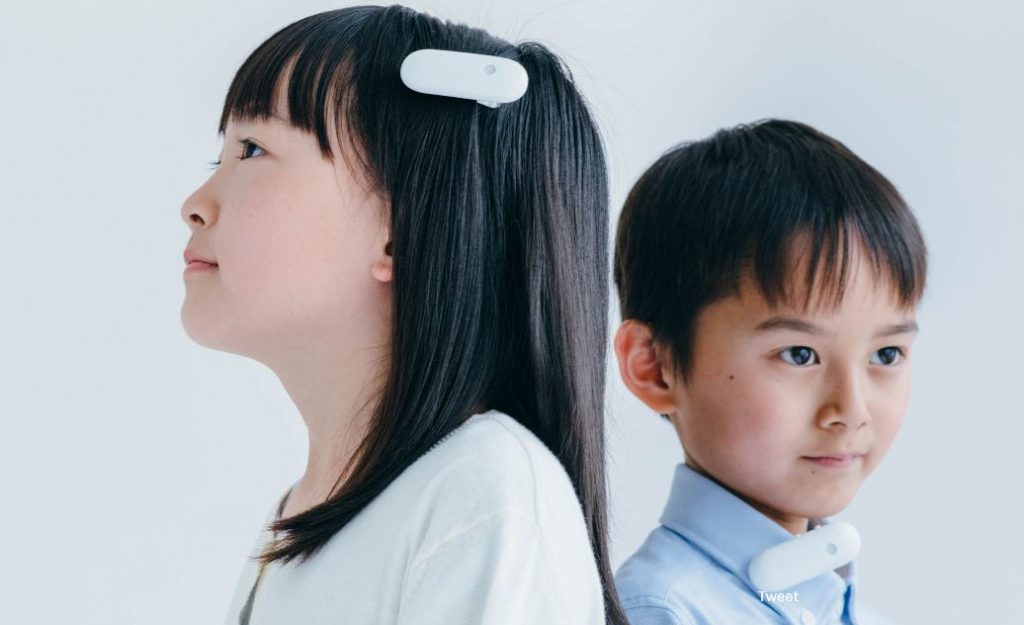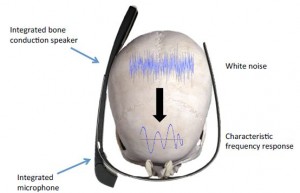An additional siren, which emits low-frequency noise, has been fitted to several Winnipeg Fire Paramedic Service vehicles. The Whelen Howler, is a big speaker inside an enclosure for protection. The operators report that everyone takes notice when the siren is used. The siren emits deep tones that penetrate other vehicles, alerting drivers and pedestrians of the approaching vehicle.
Read the article on SirenNet.






